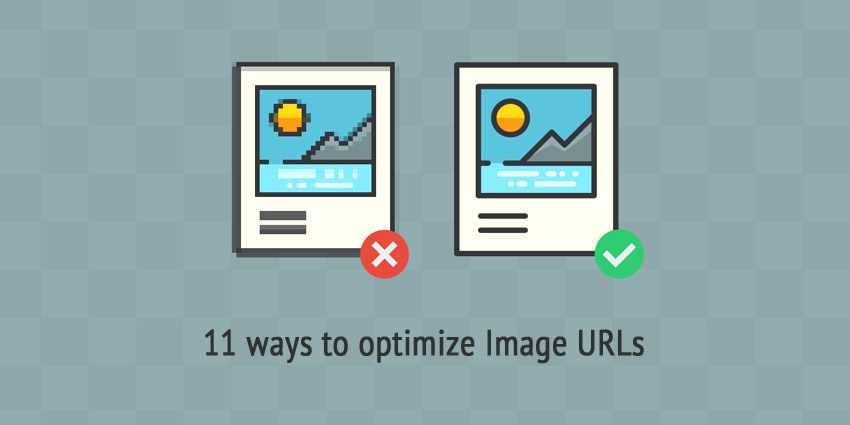Optimizing correlation of URLs image with relevant keywords is an important aspect of SEO since it helps search engines understand and rank your images correctly.

Effective ways to optimize image URLs
1. Use keywords and descriptions in file names
Instead of common file names such as «image-1.jpg» etc. try to use descriptive file names with keywords describing the image in detail. For example, «fresh-strawberry-pie.jpg» informs search engines much more about the content of the particular image.
2. Retain it simple and readable
Use simple, human-readable language in image URLs. Avoid long and complicated file names.
3. Use hyphens to separate words
It is recommended to use hyphens (-) in URLs, rather than underscores (_) to separate words. For example, use "vintage-wooden-clock.jpg» instead of «vintage_wooden_clock.jpg».
4. Include alternative text with keywords
Although it might not being related technically as a part of URL it is closely related to the way images are indexed and perceived by search engines. Make sure that your images have relevant ALT alternative text with keywords.
5. Maintain the logic of URL structure
The images URLs must correspond to the logical directory structure. For example, images associated with products for e-commerce site may be in a catalog of the type «/products/», followed by the name of the product 5. Maintain the logic of URL structure
6. Avoid using too many keywords
As in other areas of SEO, please avoid oversaturation of keywords in image URLs. Use only relevant keywords that naturally describe the image.
7. Use lowercase letters
Always prefer lowercase letters in URLs, as they are case sensitive on some servers. Consistency is the route to success.
8. Optimize the path to the image file
The pathway to the image can also be optimized using keywords. For example, using «/blog/2021/seo-tips/optimizing-images.jpg» it helps search engines better understand the context.
9. Limit the usage of dynamic parameters
If possible, avoid URLs with a large number of dynamic parameters, as they may be less understandable to search engines. Static URLs with plenty of keywords are generally preferable.
10. Control the overall length of the URL
When you plan to include keywords in a URL, you should take into account that your URLs might be too long. Strive for balance!
11. Express the content and context of the image
Express the content and context of the image in a proper way Make sure the keywords used in the URL accurately reflect the content of the image and the context in which it is used on the page.
12. Consistency of image attributes
Please ensure consistency between the image URL, the replacement text, and the context in which the image being used upon page. That enhances the relevance of the image to search engines.
Keep in mind while image URL optimization is useful for SEO, it should be part of a broader strategy that includes optimizing images for size and speed, making proper use of ALT attributes, and ensuring that images enhance the overall user experience on the site.
Other articles:
























 2,449
2,449



















